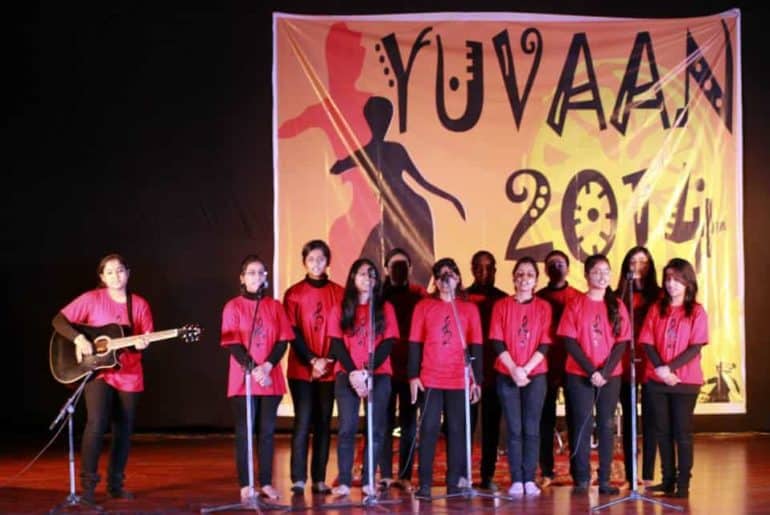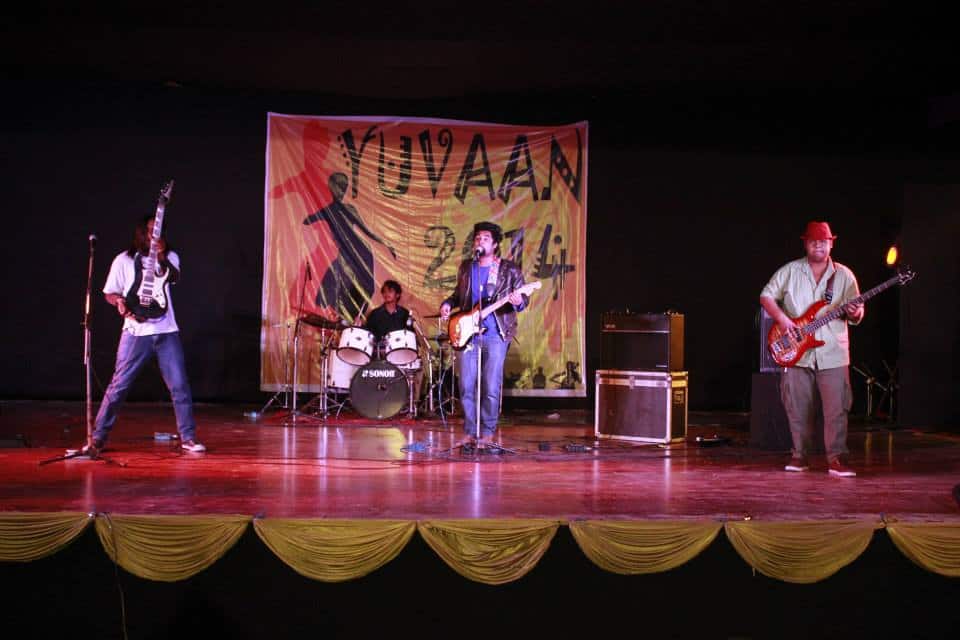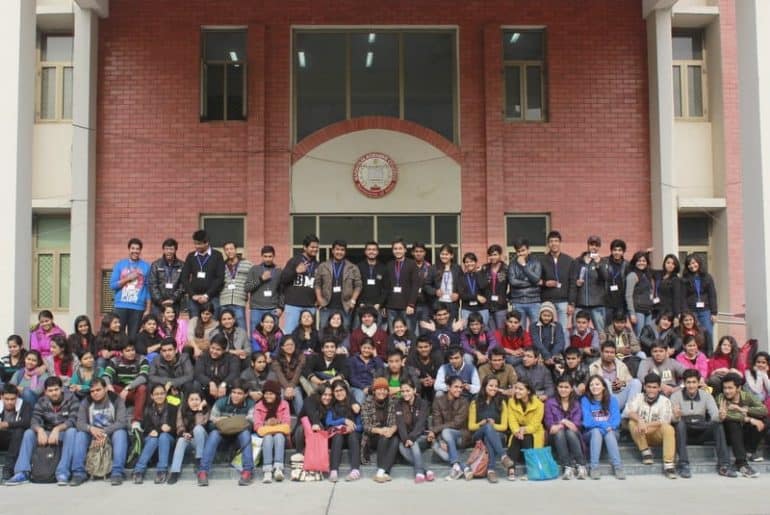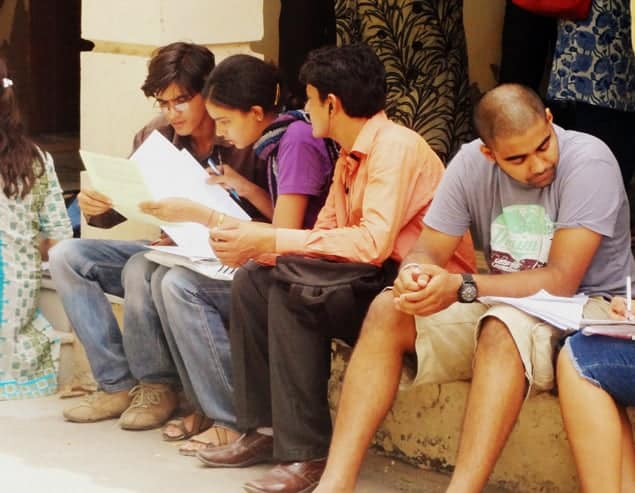With the college website being hacked for the second time in eight months; a question on data privacy and security arises.
On Friday, 3rd August 2018, the website of Maharaja Agrasen College was hacked for three hours. Everyone, including the students, faculty, and the college administration were in a state of shock by this development. The photograph of the college on the website was replaced with a photograph of stone-pelters.
According to a source, this was noticed by the administration in the morning when they reached college. Along with the photograph of stone-pelters, a message also featured on the website. The message said, “Do you know why you got hacked? Stop killing Muslims. Give free rights to Kashmiri’s.”The message also mentioned that the credit card and bank details of the college were not secure and the authorities should be ready to face the hackers. The hackers also mentioned that they had dumped the whole database and server of the college. To prove themselves, the hackers not only uploaded a photograph of Pakistan’s national flag, but also wrote Pakistan Zindabad. The web-page also mentioned that the website was hacked by Blackscorpion and ProBro’s.
Harsh Verma, a student of Maharaja Agrasen College said, “There were rumours in the morning about the college website being hacked. People said we should not open the website on our mobile phones or our personal details might be leaked. This has happened for the second time in the last 7-8 months and the college authorities are not serious about the student’s data. The security system of the college should be worked upon or else students can be easily targeted by such activities.” Another student, Ira, a graduate from Maharaja Agrasen College spoke to DU Beat about the same. She said, “ Hacking the college website is very immature and might be a prank played by a student. Hacking a college website to put out a message has become some sort of trend these days. The same happened in Jamia Milia Islamia University a few months ago when a message was displayed on the website to wish a girl on her birthday.”
Information about the website being hacked spread like a fire. The college took this matter seriously and informed the police without delay. The administration also informed the computer cell of the University. The website was cured with the help of Delhi Police’s IT cell. In this regard, a FIR has been registered by the college in New Ashok Nagar police station under the IT Act.
Feature Image Credits: Confirm Admission
Anoushka Sharma








